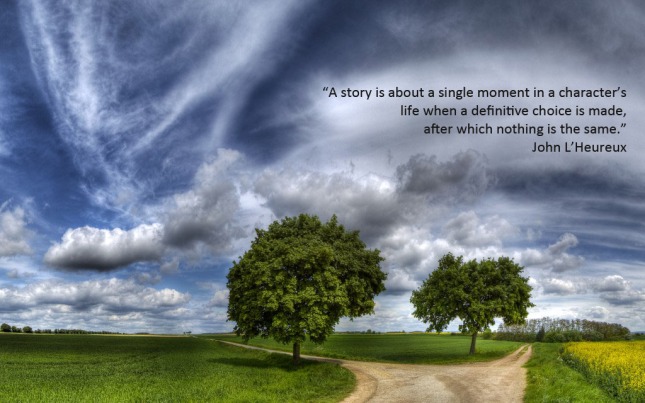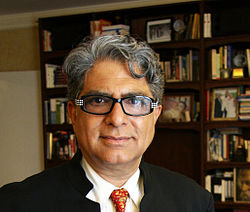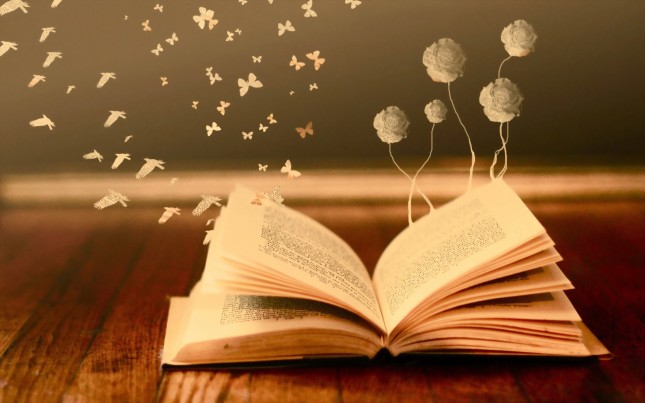While non-writers may look sideways at the fetishizing of writing utensils, a writer understands that what looks to be a mere object to others, is an important aspect of our creativity, an extension of us. Our pens, pencils, notebooks, and yellow legal pads are conduits between our muse, ourselves, and our stories. Talismans, even.
For instance, I’ve written in the past about how I use the keyboard for certain stages of writing (mind dumping big thoughts and writing the story) and write by hand for other stages (initial random snippets and editing drafts).
When I’m not at the keyboard, my writing tool of choice: a mechanical pencil.

I’m not picky about brand or color or even design (although it does need to fit in my hand comfortably – if I’m noticing that I’m holding a pencil, it isn’t right – and I have to admit, I’ve become partial to those with a rubber grip at the base). It has to have a good eraser, too. But mostly, it’s the lead for me that’s the deal breaker.
This is it: .5 / #2
When I write with a .5 #2 mechanical pencil lead, it’s like silk on silk. The feel of the soft graphite sliding across paper is so sensually satisfying it allows me to – maybe even helps me – focus in on the flow of the story, and in the editing process (which is when I use the mechanical pencil), I’m able to see the excess and the holes in what I’ve written, and I just get immersed. It’s trance-like. A surrender, of sorts.
I can edit with a pen, but it isn’t the same. Using a pen keeps me in my brain too much. But with a mechanical pencil, I engage with the words and the paper in a whole different way. The pen gouges. The pencil caresses. It allows the flow from my psyche to go straight down my arm, into the pencil and on to the page without conscious thought. It’s magic.
While I haven’t pondered, to any great length, why writers have these seemingly quirky requirements for their writing materials, I can’t help but think it has something to do with the fact that writing is not just a mental act, but a physical one. Each writer’s special need when it comes to tools must have something to do with the that writer’s physical make-up and response to tactile sensations.
Whatever the reasons for these special requirements, our fascination with knowing the writing quirks of famous writers is clear. In Alison Nastasi’s article on the subject, we learn about the writing fetishes of twenty famous authors, and while most of us wouldn’t dream of using a fountain pen to write a novel these days (unless you’re Neil Gaiman), thanks to technology, we have even more tools are at our disposal. For instance, Sara Juckes describes, other tools at our disposal to enhance our writing lives: things like CTRL-Z, Sticky Notes, and Pinterest, among others.
Some of us would benefit from other, newer tools that aren’t directly attached to the writing process, but that allow us to get the work done, such as Cold Turkey, a program that locks you out of the internet if your willpower is low, as suggested by Robbie Blair in his article that details “9 Modern Tools Every Writer Should Use.”
Discovering our old-school writing tool fetishes, as well as adapting to and utilizing new-school technological inventions that can make our jobs easier, is just one more facet of defining and honoring ourselves as writers.
In addition to my old-school .5 #2 mechanical pencil fetish, I’d say my current new-school fetish is toss up between GoogleDrive (love, love, LOVE that I can write on any device, anywhere, anytime, and not have to remember to email myself the last draft of a piece) and Notes (so handy when I have an idea and no paper, napkin, or envelope to write in the moment.
* * *
What’s your writing tool fetish?







